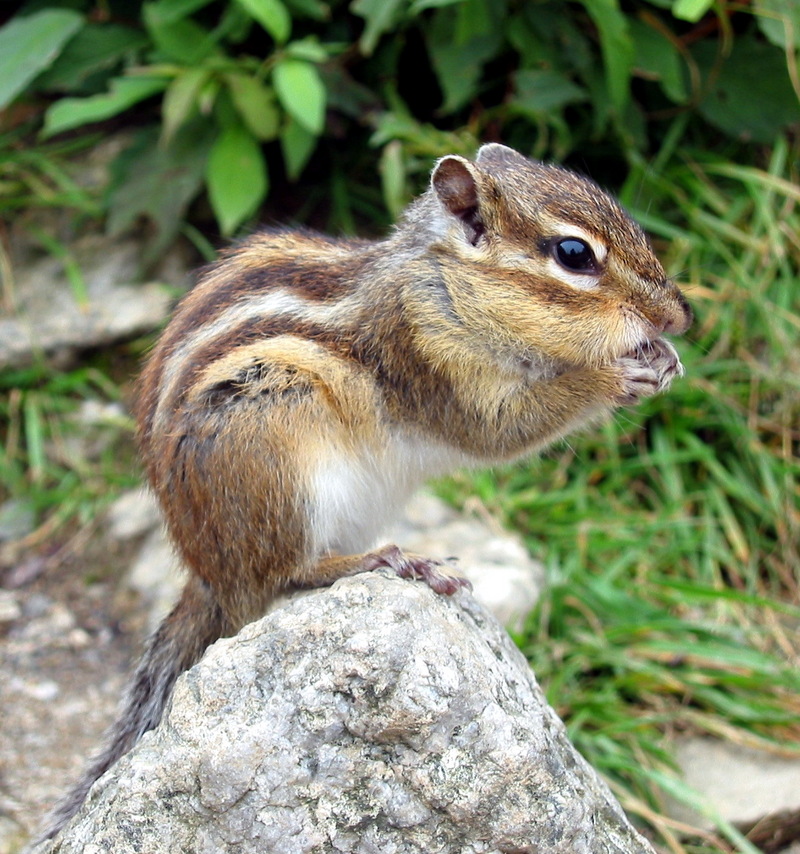|
| 질의: Birds of europe | 결과: 1307번째/1706 | |
Siberian Chipmunk (Tamias sibiricus) - Wiki
| 제목: | Siberian Chipmunk (Tamias sibiricus) - Wiki
| |

| 해상도: 1309x1397
파일크기: 676767 Bytes
촬영일: 2007:09:09 23:34:00
등록시간: 2007:09:09 23:37:17
|
Siberian Chipmunk
From Wikipedia, the free encyclopedia
[Photo] Siberian Chipmunk (Tamias sibiricus), photographed in Korea by AndiW (http://commons.wikimedia.org/wiki/User:AndiW). Time: 21. August 2003. Place: South Korea (Seoraksan), on the Mountain - 다람쥐 Tamias sibiricus asiaticus (Korean Chipmunk)
The Siberian Chipmunk is a member of the chipmunk genus, Tamias. Its habitat ranges across northern Asia from central Russia to China, Korea and northern Japan (Hokkaid??). It lives in woodland habitats with a bushy understory.
It is 18-25 cm long, of which a third is the tail. The weight of adults depends on the time of year, and is normally 50-150 grams. Therefore, the Siberian Chipmunk is relatively small compared to other Sciuridae, such as the Red Squirrel.
Its natural foes include birds of prey, mustelids, and cats. In rare cases Siberian Chipmunks may spread diseases such as rabies by biting other animals or humans.
It has colonised parts of eastern and central Europe due to escapes from captivity.
Captivity
The Siberian Chipmunk has in recent years become a relatively popular pet, but needs a lot of room for climbing and should have covered space to retreat. They are less active in winter but normally do not fall into winter sleep in heated rooms. In captivity Siberian Chipmunks often live 6 to 10 or even more years. Most animals also born in captivity become tame to a certain degree.
http://en.wikipedia.org/wiki/Siberian_Chipmunk
| The text in this page is based on the copyrighted Wikipedia article shown in above URL. It is used under the GNU Free Documentation License. You may redistribute it, verbatim or modified, providing that you comply with the terms of the GFDL. |
|
^o^
동물그림창고 똑똑전화 누리집
^o^
|
|